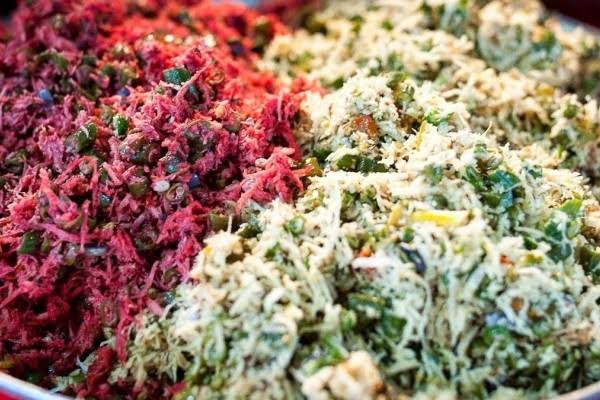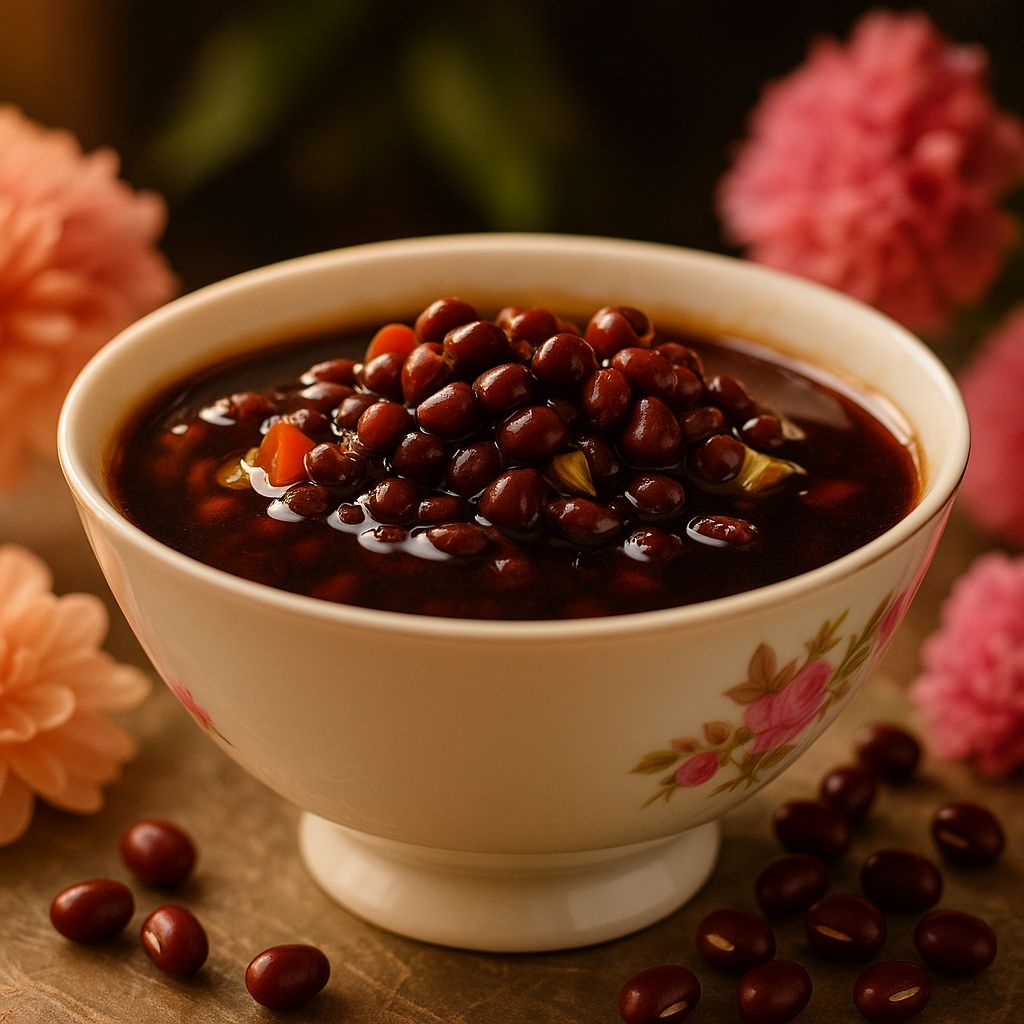Bali is not only famous for its beaches and temples, but also for its unforgettable culinary experiences.
One dish that stands out in the island’s traditional food scene is babi guling, a mouthwatering Balinese-style roast pork that has captivated both locals and tourists alike.
What Is Babi Guling?
Babi guling, also known as spit-roast pork, is a traditional Balinese delicacy made by roasting a whole young pig over an open flame.
Before roasting, the pig’s belly is stuffed with a rich mixture of spices and vegetables—often including cassava leaves and Bali’s signature spice blend known as base genep.
This blend contains a mix of turmeric, galangal, ginger, lemongrass, shallots, garlic, coriander seeds, and other aromatic ingredients that give the dish its bold and complex flavor.
Once seasoned, the pig is skewered on a wooden or metal rod and slowly turned over a fire. The roasting process ensures even cooking and results in a beautifully crisp, golden-brown skin that crackles with every bite.
From Sacred Offering to Culinary Icon
Historically, babi guling was prepared exclusively for religious and ceremonial purposes. In Hindu Balinese rituals, this dish was presented as an offering to the divine, particularly during important temple ceremonies and family celebrations.
Texts such as the ancient Lontar Sundarigama and Raja Purana mention roasted pig as an essential part of spiritual offerings during sacred events like yajna and usabha posya.
Over time, the dish evolved from a ritual food into one of Bali’s most celebrated culinary offerings.
Today, babi guling is widely available at local eateries, traditional warungs, and even high-end hotels across the island.
A Unique Roasting Technique
The preparation of babi guling is a labor of love. After cleaning and seasoning, the pig is slowly rotated over a wood fire.
To achieve the perfect skin texture, the surface is occasionally basted with coconut water and coconut oil.
This not only prevents burning but also enhances the flavor and creates that signature golden-red sheen.
When the meat is fully cooked and the skin turns crispy and evenly browned, it’s ready to be served.
How It’s Served
Babi guling is typically enjoyed with a serving of steamed rice, lawar (a spicy mix of chopped vegetables and coconut), sate lilit (minced meat skewers), crispy pork skin, sambal embe (a fried shallot chili relish), and sometimes crackers.
The combination delivers a satisfying mix of textures—crispy, tender, savory, and spicy—all in one plate.
Cultural Connections Across Indonesia
Although babi guling is most popular in Bali, variations of roasted pork dishes exist throughout Indonesia, particularly in regions with non-Muslim communities.
Among the Batak in North Sumatra, Minahasa in North Sulawesi, Dayak in Kalimantan, and in Papua, pork is a cultural staple often associated with communal gatherings and festivities.
In Papua, for example, pork is cooked in a traditional earth oven method called bakar batu, where the meat is steamed with sweet potatoes and vegetables under heated stones in the ground.
Where to Try Babi Guling in Bali
Some of the most famous babi guling establishments can be found in Gianyar, the region widely regarded as the heartland of this dish.
However, you can also find excellent versions in Ubud, Denpasar, and even in the tourist hubs of Seminyak and Kuta.
These places have become must-visit spots for food lovers eager to try Bali’s legendary roasted pork.
A Dish Worth Traveling For
Whether you’re a fan of traditional cuisine or simply looking to try something new, babi guling offers a flavorful glimpse into Balinese culture and culinary heritage.
It’s more than just a meal—it’s an experience that brings together history, spirituality, and unforgettable taste.
So next time you’re in Bali, don’t miss the chance to savor this local treasure that has stood the test of time. (BT)





